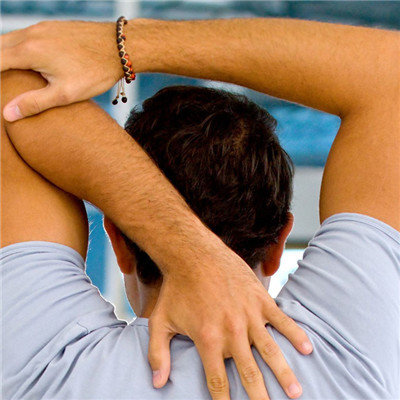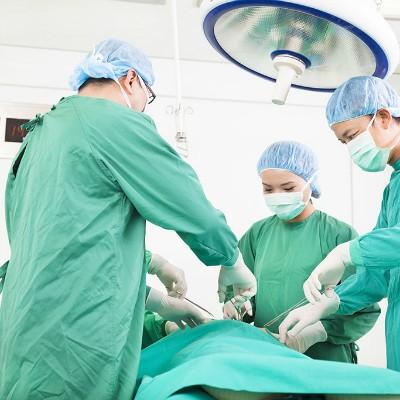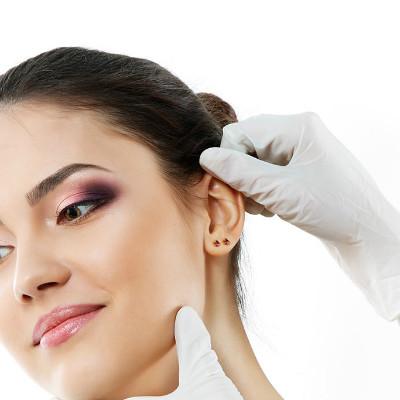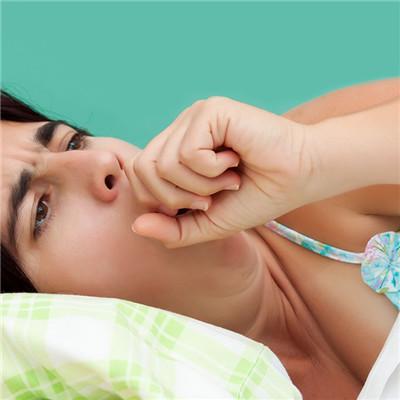What symptom does the foreboding of brachial plexus injury have?
summary
For the treatment of the disease, people all know that the earlier treatment, the more beneficial to the recovery of the disease. However, if we want to find the disease earlier, we must master the symptoms of the disease. So, do you know anything about the symptoms of brachial plexus injury? Now, let's get to know each other.
What symptom does the foreboding of brachial plexus injury have?
Axillary, musculocutaneous and suprascapular nerves: paralysis of the dorsal nerve of the meridian and scapula, partial paralysis of the radial and median nerves. The shoulder joint can not be abducted and raised, the elbow joint can not be flexed, the wrist joint can be flexed and extended, but the muscle strength is weakened, the forearm rotation is also obstructed, the finger movement is still normal, and the sense of upper limb extension is mostly absent. The deltoid muscle, supraspinatus and infraspinatus muscle, levator scapulae muscle, rhomboid muscle, flexor carpi radialis muscle, pronator teres muscle, brachioradialis muscle and supinator muscle were paralyzed or partially paralyzed.

Ulnar nerve palsy, medial brachial cutaneous nerve, medial forearm cutaneous nerve damage, median and radial nerve partial paralysis. The function of the hand is lost or seriously obstructed. The shoulder, elbow and wrist joints are in good condition. Horner's sign often appears on the affected side. All the internal muscles of the hand atrophied, especially the interosseous muscles. The fingers could not be flexed or extended or had serious obstacles. The thumb could not be abducted volar. The skin sensation of the forearm and the ulnar side of the hand was absent. The flexor carpi ulnaris, flexor digitorum profundum and superficialis, thenar muscles, vermiform muscles and interosseous muscles were paralyzed. The triceps brachii and extensor forearm muscles were partially paralyzed.

In the early stage, the whole upper limb was flaccid paralysis, the joints could not move actively, but the passive movement was normal. As the trapezius muscle is innervated by the accessory nerve, shoulder shrugging may exist. The sensation of the upper limb was lost except for the second intercostobrachial nerve. The upper limb tendon reflex disappeared completely, the temperature was slightly lower, and the distal limb swelled. Horner sign was positive. In the late stage, the muscles of the upper limbs atrophy significantly, and the passive movement of the joints is often limited due to the contracture of the joint capsule, especially the shoulder joint and finger joint.

matters needing attention
1. Attention should be paid to safety in sports and cycling to avoid traumatic brachial nerve injury caused by accidents; 2. To avoid brachial plexus injury, shoulder dystocia should be treated correctly, fetal weight should be estimated correctly, and labor process should be closely observed; 3. In order to avoid the injury of brachial nerve caused by operation, the following examinations should be done besides routine examination before operation, including X-ray chest X-ray and chest X-ray to understand the activity and elevation of diaphragm, determination of lung function and function of trapezius, etc;















